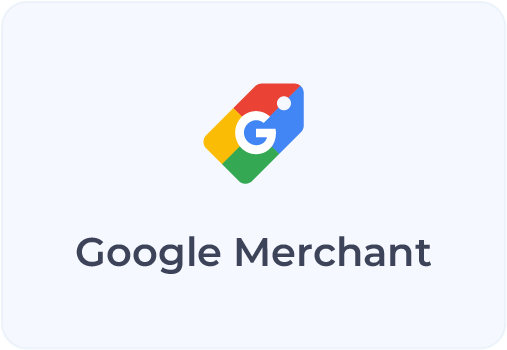Dynamic pricing has become a must-have for ecommerce brands competing across Google Shopping, Amazon, and direct-to-consumer channels. But how to do dynamic pricing, and implementing it successfully,takes more than toggling on automation.
Done right, dynamic pricing helps you stay competitive, protect margins, and adapt in real time. Done wrong, it leads to pricing chaos, eroded profitability, and lost customer trust.
This guide walks through setting up dynamic pricing properly — from setup to execution to iteration.
What is dynamic pricing?
Dynamic pricing is the practice of automatically adjusting product prices based on market conditions, competitor pricing, customer demand, and internal business rules.
Instead of setting prices once and forgetting them, dynamic pricing uses software to update them continuously — ensuring your listings stay relevant and profitable.
With modern dynamic pricing software, ecommerce teams can implement pricing strategies that update in real time based on clean rules, not guesswork.
Why dynamic pricing matters for ecommerce
Manual pricing updates are slow. And when you’re competing in real-time product feeds like Google Shopping, slow = invisible.
Dynamic pricing solves this by keeping your products aligned with market pricing, reacting instantly to competitor moves or demand spikes, and automating decisions across your catalog without losing control.
The result? Better visibility, stronger margins, and a lot less time spent in spreadsheets.
Step-by-step: How to do dynamic pricing right
1. Clean up your product data
Dynamic pricing is only as good as the data it uses. Before setting any rules, make sure your product catalog is clean and consistent: accurate SKUs, current cost data, and structured category tags all matter. If your data is messy, your pricing logic won’t work as intended.
2. Set your pricing goals
Not all dynamic pricing strategies aim for the same outcome. Are you trying to win visibility, protect margin, or maximize revenue? Your pricing logic should reflect what you’re optimizing for.
For example, you might want to match your lowest competitor but only for a specific category. Or you might want to maintain a premium position and only react if your share of impressions starts to drop. Set clear, measurable goals to guide your setup.
3. Choose the right dynamic pricing software
The platform you use will shape what’s possible. Look for software that connects to your store and feeds, monitors competitor pricing in real time, and supports rule-based logic with full control.
The best dynamic pricing software includes:
- Real-time sync and automatic feed updates
- Custom rules and margin protection
- MAP policy enforcement
This balance of automation and control is what keeps pricing effective without losing visibility.
4. Define pricing rules and guardrails
Once your software is in place, build rules that reflect your pricing goals. Keep it simple to start: match competitors within a range, raise prices if you’re the only seller in stock, or hold a margin floor of 25%.
Avoid overengineering. Focus on guardrails that prevent common risks like racing to the bottom or violating supplier agreements.
5. Monitor competitor prices and market trends
Pricing should be anchored in real-world conditions. Keep an eye on your key competitors, pricing averages, and who’s winning visibility on major marketplaces. Dynamic pricing only works when it stays aligned with real-time market shifts.
Your platform should surface this intel automatically so you can focus on strategy instead of hunting down prices manually.
6. Test and iterate
Start with one category or product set. Watch the results. Are conversions improving? Are margins holding?
Then adjust. Raise your minimums. Change your competitor match list. Layer in time-based pricing. The best dynamic pricing strategies aren’t static — they evolve with your business.
Common mistakes to avoid
Dynamic pricing works best when implemented thoughtfully. A few traps to watch for:
- No pricing floor: Automation without a minimum margin is risky.
- Too much complexity: Overly detailed rules are hard to monitor and manage.
- Relying only on competitors: Your value still matters — don’t follow blindly.
- Ignoring performance data: If sales drop, revisit your rules and assumptions.
Final thoughts
Dynamic pricing helps ecommerce brands scale smarter. It reduces guesswork, responds faster to the market, and creates space for higher-margin decision-making.
The key is implementation. With the right rules, data, and platform, it becomes one of the most powerful pricing tools in your stack.
If you’re ready to implement dynamic pricing the right way, try the Intelis app for Shopify. You’ll get real-time price updates, competitor tracking, and pricing automation that keeps your store competitive — without losing control.






